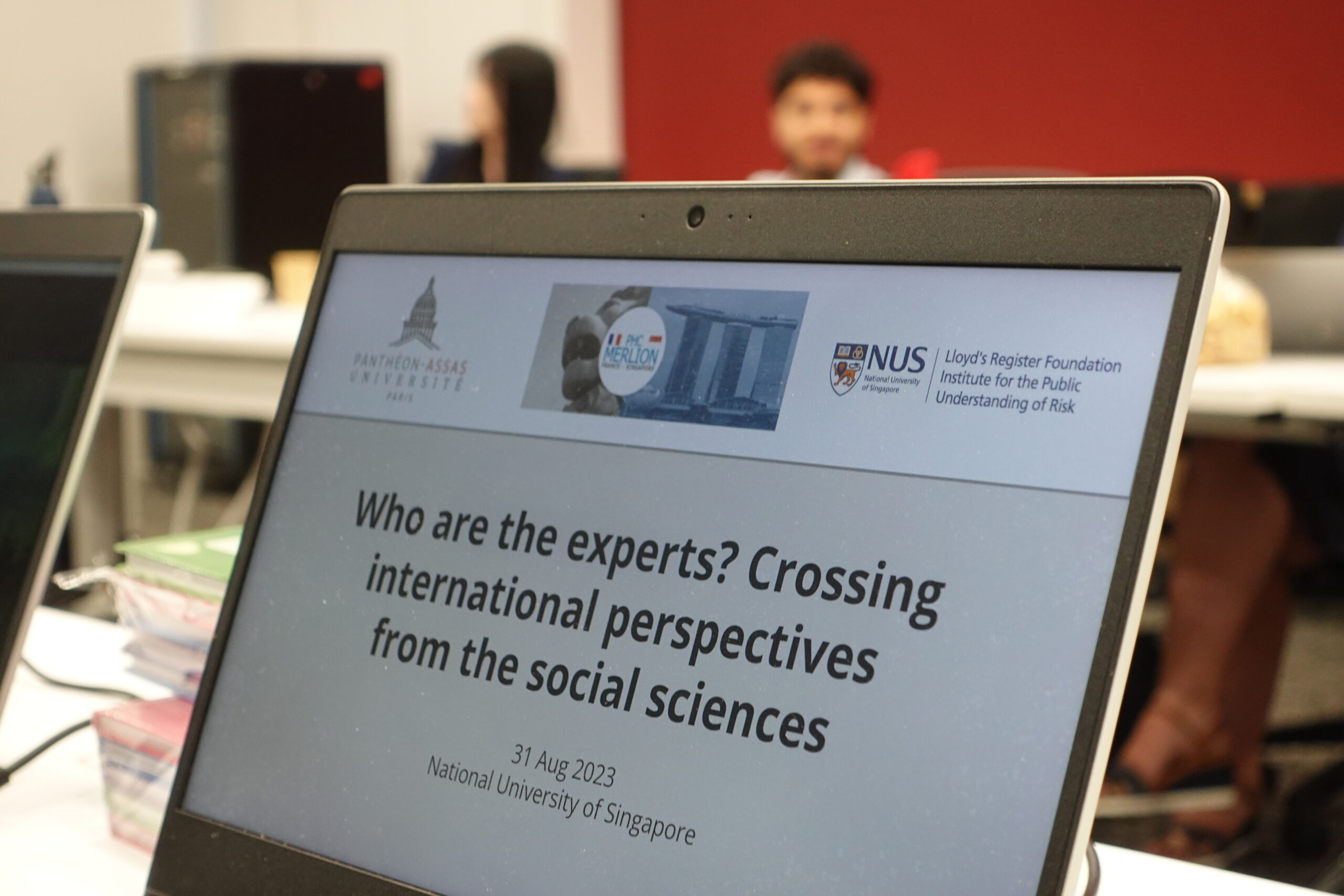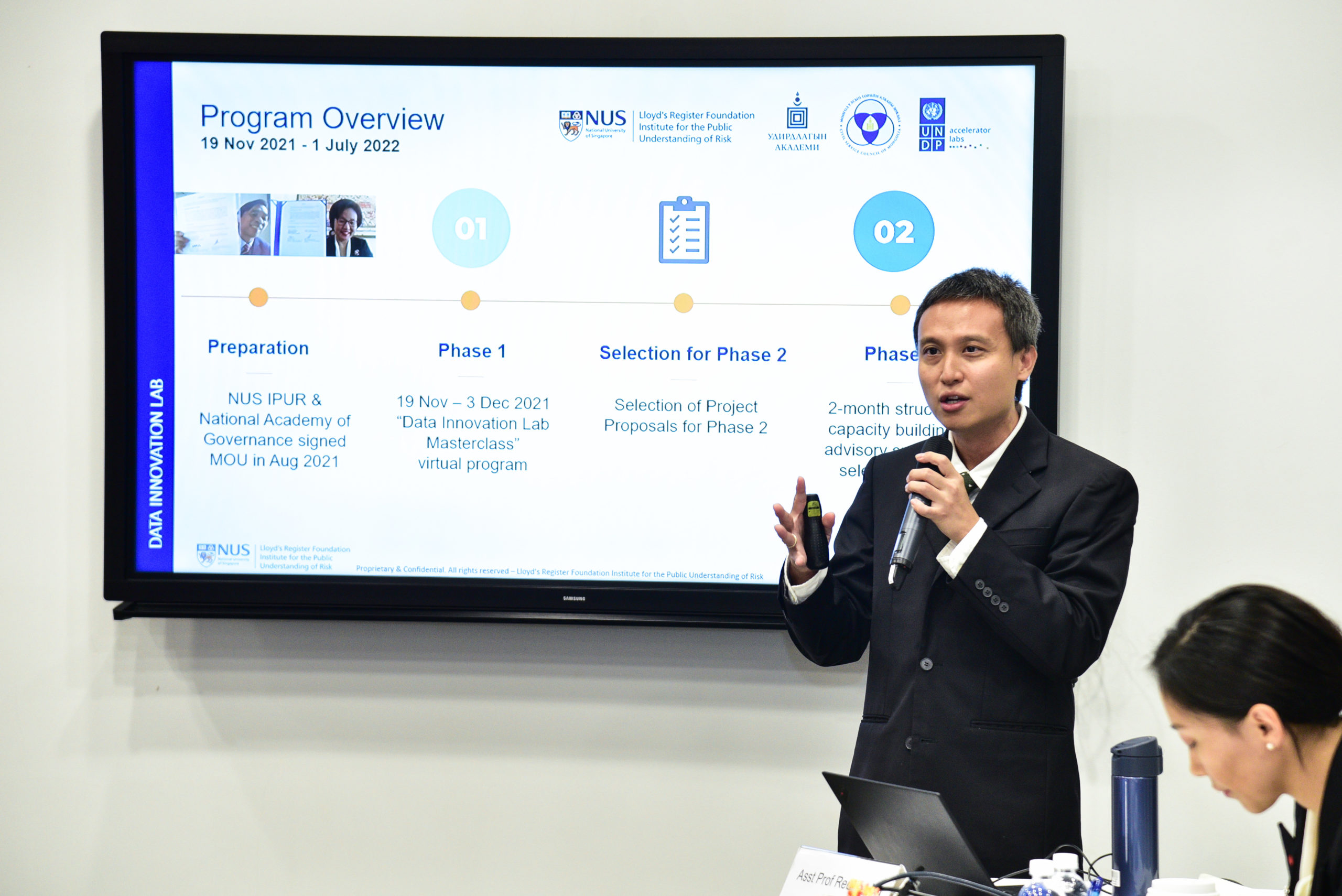Impact Stories
Bangladesh: Pathway to supporting pregnant women lies in AI adoption
In Bangladesh, around 6,000 women die each year in pregnancy and childbirth. Experts believe that at least half of these are preventable deaths – women who would have lived if they had received adequate medical care.
This figure is high, but it represents a huge improvement since the turn of the century, when Bangladesh had one of the highest maternal mortality rates in the world. Consistent efforts brought the rate down from 323 deaths per 100,000 live births in 2001 to 173 in 2017 through extending care to rural and low-income urban areas with community clinics and local health workers, expanding antenatal care and increasing the number of deliveries in health facilities. However, since then progress has stalled. Sector experts are searching for new ways to use existing resources more effectively and to reach the women most at risk.
Digital breakthrough
Over the same period, Bangladesh has undergone a digital transformation. The latest data show that 87% of households have access to a mobile telephone, and close to 50% are covered by an Internet network. The reach of mobile technology in Bangladesh opens up the possibility to improve health outcomes by introducing different forms of mobile and e-health services, and ultimately applications powered by artificial intelligence.
At the global level, AI is enabling advances in many aspects of health care, opening up new paths for health communication and education, raising efficiency in healthcare service administration as well as improving health monitoring and diagnosis and drug discovery and development. Specifically in the area of maternal death, AI is being built into chatbots designed for expecting and new mothers, and AI-powered wearable devices allow for remote monitoring of vital signs and other health indicators during pregnancy, allowing healthcare providers to detect potential problems early and providing reassurance to expecting parents.
University-government partnership
Can these rapidly developing technologies help Bangladesh and other countries tackle their maternal mortality challenges? In 2021, the Association of Pacific Rim Universities (APRU) and the Government of Bangladesh launched a project with the support of Google and invited a research team led by IPUR to work with them to investigate the potential for AI applications for maternal health in Bangladesh.
At the heart of the project is a collaborative approach with continuous interaction between the research teams and policy-makers in scoping the research, through data collection and interpretation and application of the findings. “This approach aims to achieve real transformative impact going beyond traditional research outputs and benefits,” said Christina Schönleber, Director (Policy & Programmes) at APRU. The findings of the studies will feed into policy and regulatory design for public health led by the Government of Bangladesh’s digital transformation unit, A2i. “The pathway to achieving transformative impact will ideally include on-going engagement between the agency and the IPUR team,” said Christina.
Stakeholders’ understanding of risks and benefits
Over the course of the last 12 months, IPUR researchers have gathered inputs from a range of stakeholders in the maternal health sector in Bangladesh, including government officials, doctors, academics, non-governmental and international organisations and conducted a wide-ranging documentary review to get a clear picture of the potential benefits and risks of AI adoption in maternal health. Greater insights into this would enable us to develop a foundation for responsible and effective implementation. It would support evidence-based decision-making, more stakeholder collaboration, and public engagement, ultimately contributing to improved maternal health outcomes and patient-centred care.
IPUR also identified initiatives that are already underway in Bangladesh and other countries at a similar level of development, as well as barriers and concerns that need to be addressed before widespread adoption. IPUR’s partners at the Korea Advanced Institute of Science and Technology (KAIST) conducted a concurrent assessment on the country’s technological readiness.
Although technological readiness in Bangladesh is rising rapidly as the country works towards its “Smart Bangladesh Vision 2041”, there are many people especially in rural areas, who still lack access to digital services. Furthermore, majority of these people lack the necessary levels of digital competency to trust AI technologies which result in poor adoption rates.
Lower levels of digital competency could also further exacerbate existing health disparities among pregnant women from different socio-economic standing, and result in challenges finding reliable and up-to-date information regarding prenatal care, common pregnancy concerns, and available healthcare resources. This lack of access to information can result in missed opportunities for early intervention and informed decision-making.
The study uncovered a wealth of pilots and initiatives bringing digitalisation and e-services to maternal health. However, the views of key groups – pregnant women and their families, community health workers and doctors – about the risks and benefits of these technologies are not being consistently integrated into technology development.
Policy workshop
The IPUR-led research team travelled to Dhaka in May 2023 to present the findings of the study to government agencies including Ministry of Health and A2i, and other sector stakeholders. Looking beyond this immediate policy contribution, however, more research is needed directly consulting the public and other users on their perceptions of risks and benefits to ensure AI delivers on its potential to help them.
Background
Reducing maternal mortality is one of the high priorities for global health and is given prominence in the Sustainable Development Goals (SDG). SDG 3 sets a target to reduce the global maternal mortality ratio to less than 70 per 100,000 live births by 2030, and that all countries should reduce the maternal mortality ratio to less than 140 per 100,000 live births.
Data from the WHO indicate that countries at a similar income level to Bangladesh are also facing a similar challenge:
Pakistan: MMR of 154 deaths per 100,000 live births
India: MMR of 174 deaths per 100,000 live births
Nepal: MMR of 174 deaths per 100,000 live births
Myanmar: MMR of 179 deaths per 100,000 live births
In Bangladesh, the number of women who received a continuum of care during their pregnancy rose from 6% to 47% in the last two decades, and the proportion of women delivering at home has fallen from 96% to 50% over the same period. However, these challenges require a greater collective effort from the government, public and non-profit sectors – 36% of women receive ANC from the public sector, and more than 60% from the private sector, signalling the need for a collaborative efforts to extend and improve care.
Healthcare providers need the necessary knowledge and skills to provide quality care during pregnancy and childbirth. Community-based organisations, including women’s groups, NGOs, and community health workers can help increase awareness about the importance of ANC, promote healthy behaviours and provide support to pregnant women. Even pregnant women themselves and their families have a vital role: seeking care early in pregnancy, adopting healthy behaviours, and being involved in decision-making about their own health and the health of their unborn child.
About APRU and the AI 4 Social Good initiative
APRU’s AI development project first started in 2016 with partnership and funding from Google to identify areas where academics could support governments in Asia. In 2019, the partnership expanded to include the UN Economic and Social Commission for Asia and the Pacific (ESCAP) and the subsequent launch of the AI 4 Social Good initiative.
IPUR’s project falls under this initiative which involves stakeholders jointly defining the policy problem and research questions and then supporting interaction between researchers and government counterparts over the course of the research.


